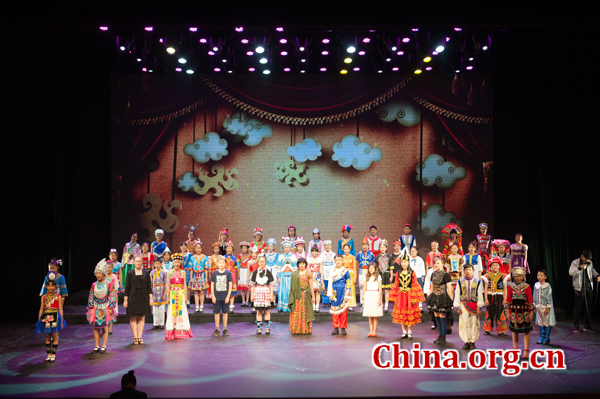Rice cultivated in China 10,000 years ago
Rice, one of the world’s most important staple foods sustaining more than half of the global population, was first domesticated in China about 10,000 years ago, according to a new study.
“Such an age for the beginnings of rice cultivation and domestication would agree with the parallel beginnings of agriculture in other regions of the world during a period of profound environmental change when the Pleistocene was transitioning into the Holocene,” said Lu Houyuan, professor of the Institute of Geology and Geophysics at the Chinese Academy of Sciences, who led the study.
The research, published in the US Proceedings of the National Academy of Sciences, was done in collaboration with Zhejiang Provincial Institute of Relics and Archaeology and the Institute of Geographic Sciences and Natural Resources Research at the Chinese Academy of Sciences.
Questions surrounding the origin and domestication of rice have led to a lot of debate in the last decade.
Rice remains have previously been recovered from a Shangshan site in the lower Yangtze River and recognized as the earliest examples of rice cultivation.
However, the age of the rice was derived through radiocarbon dating of organic matter in pottery shards, which can be contaminated with older carbon sources, Lu said.
Researchers developed new ways of isolating the rice from carbon sources, such as clays and carbonate, and dated the samples directly using radiocarbon dating.
It turned out that rice retrieved from the early stage of the Shangshan site was about 9,400 years old.
Further studies showed that approximately 36 percent of the rice at Shangshan had more than nine fish-scale decorations, less than the approximately 67 percent counted from modern domesticated rice, but larger than the approximately 17 percent found in modern wild rice.
That means rice domestication may have begun at Shangshan at about 10,000 years ago during the beginning of the Holocene, when taking into account the distance between samples and the lowest bottom of cultural strata of the site as well as a slow rate of rice domestication, Lu said.
The time coincided with the domestication of wheat in the Near East and maize in northern South America, both of which are also believed to have occurred at about 10,000 years ago, when the global climate experienced dramatic changes from cold glacial to warm interglacial.
